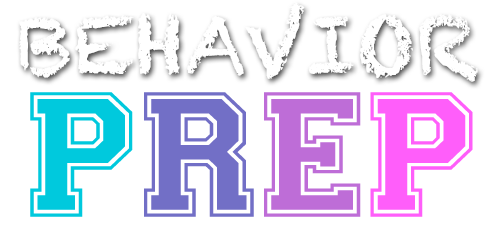E.7 Identify types of and risks associated with multiple relationships, and how to mitigate those risks when they are unavoidable.
Identifying types of multiple relationships involves understanding situations where a BCBA has more than one type of relationship with a client, supervisee, or colleague (e.g., both a professional and personal relationship). Recognizing the risks, such as conflicts of interest, compromised objectivity, and boundary issues, is essential. When multiple relationships are unavoidable, steps must be taken to minimize these risks to ensure ethical practice.
Example: A BCBA provides services to a child whose parent is also a close friend. This creates a multiple relationship, as the BCBA has both a professional relationship with the child and a personal relationship with the parent. To mitigate risks, the BCBA openly discusses the potential conflict of interest with the parent, sets clear boundaries between personal and professional interactions, and documents any steps taken to manage the situation. If necessary, the BCBA may refer the case to another professional to ensure objectivity is maintained.
